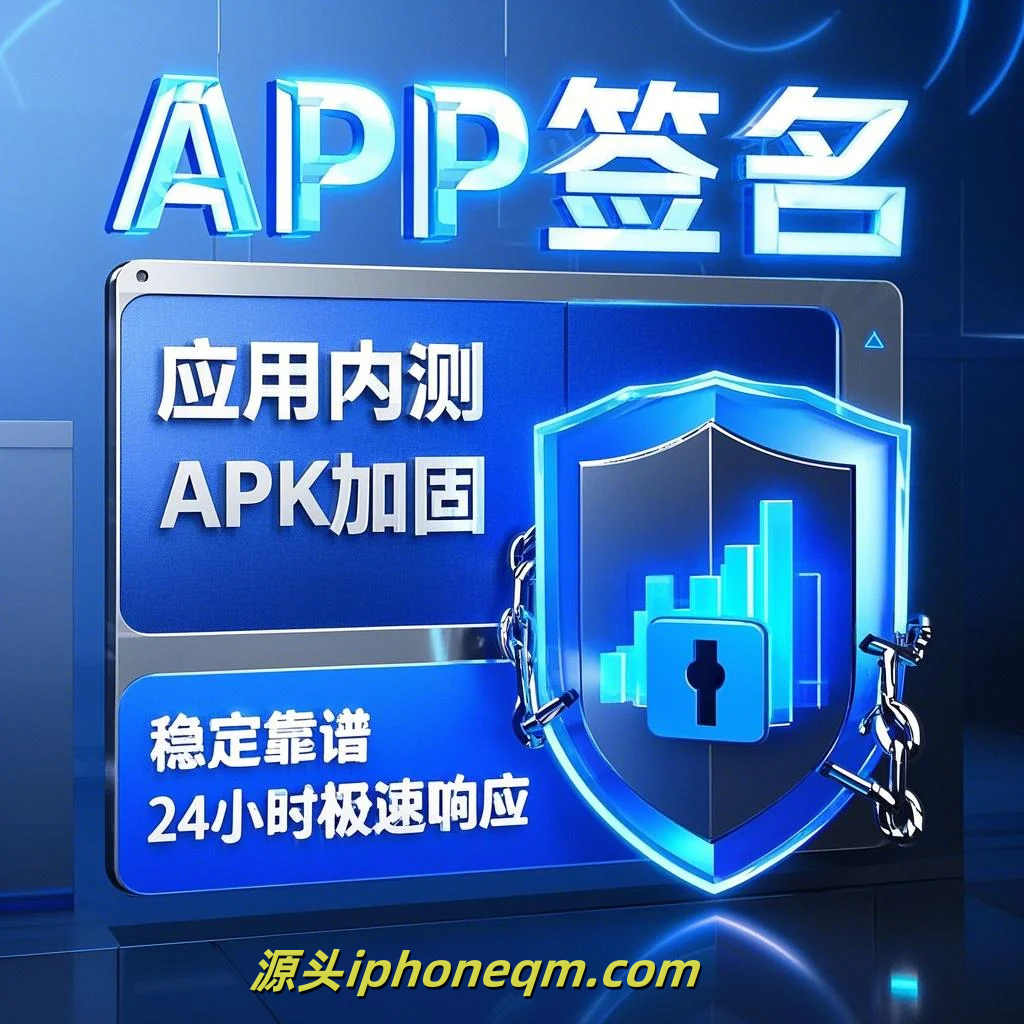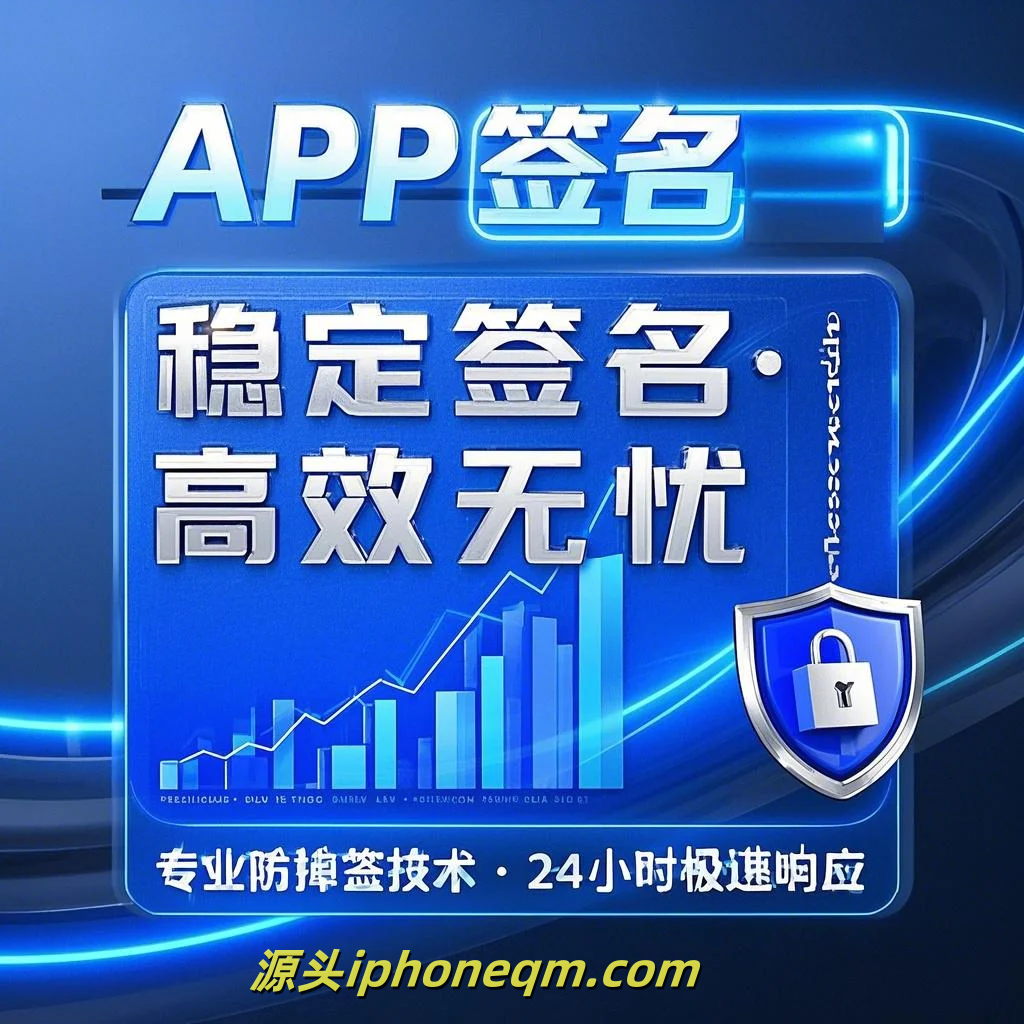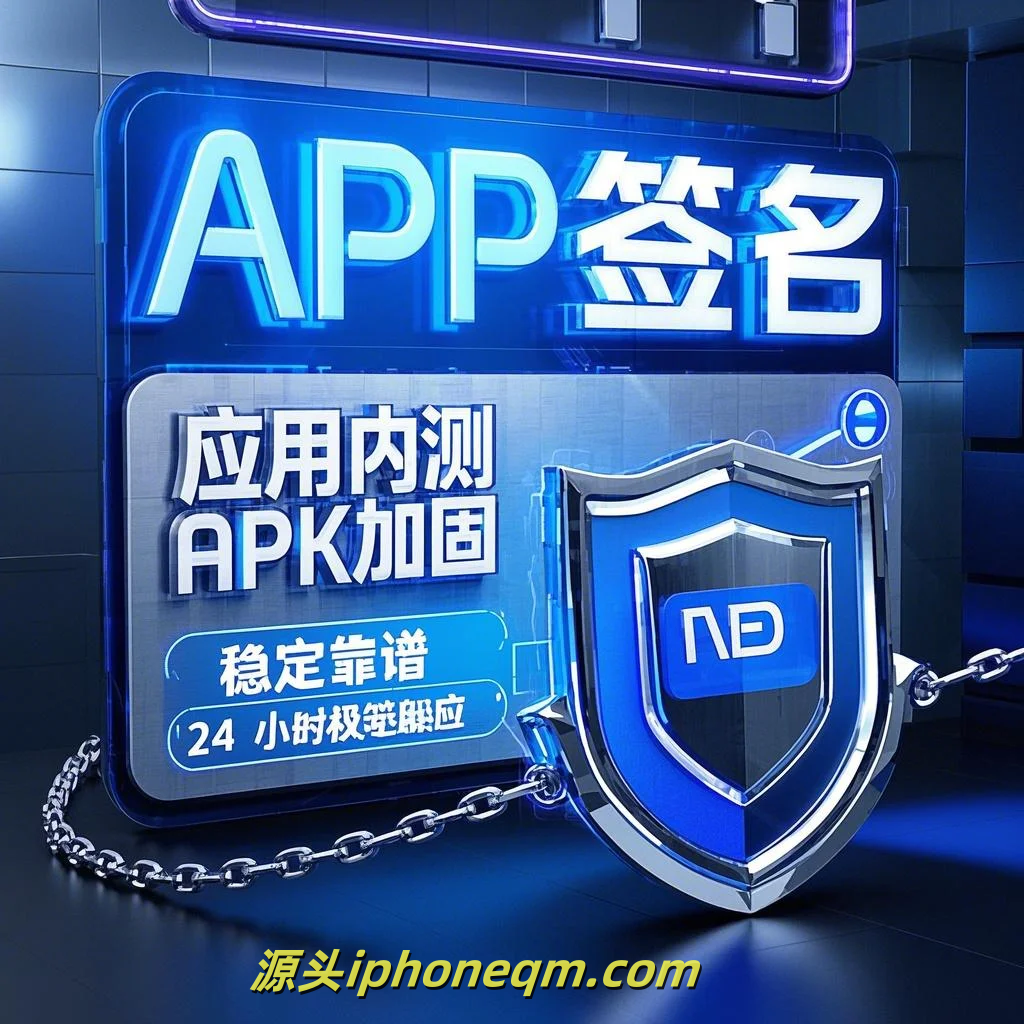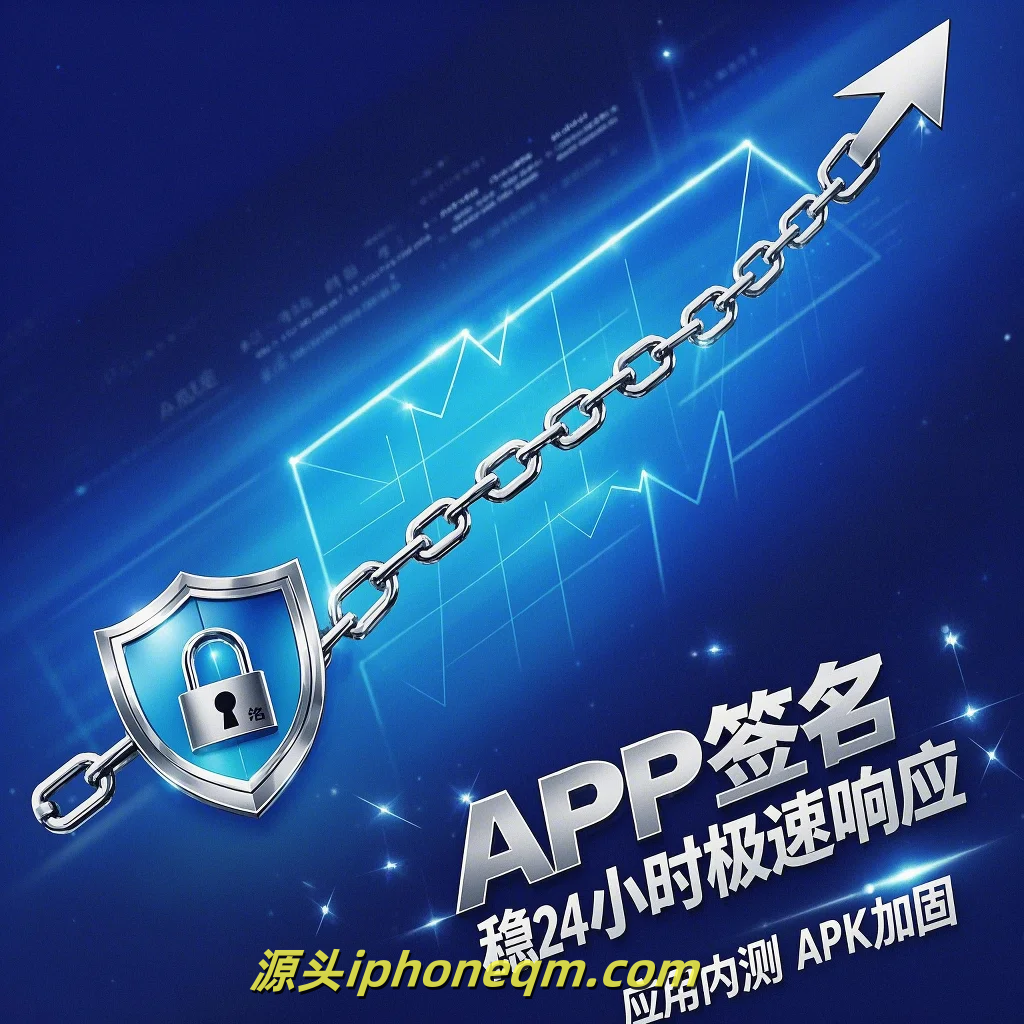The Mechanics Behind iOS Signature Verification
In the world of iOS development, ensuring the integrity and authenticity of applications is paramount. Signature verification plays a crucial role in this process, acting as a gatekeeper that helps maintain security standards and protect users from malicious software. Let’s dive into the mechanics behind iOS signature verification and understand why it’s essential for developers and users alike.
When an iOS app is created, it’s packaged into an application bundle containing code, resources, and necessary metadata. Before it can be distributed, the app must be signed by the developer using a digital certificate issued by Apple. This certificate is tied to the developer’s Apple ID and verifies their identity. The signing process generates a cryptographic signature that encompasses the entire app bundle.
The signature is created by first hashing the app’s code. A hash function converts the code into a fixed-size string, essentially creating a unique digital fingerprint. This hash is then encrypted using the developer’s private key, forming the digital signature. This process ensures that any alterations made to the app after signing will invalidate the signature. Hence, when users download an app, they can be assured that the code has not been tampered with and is from a legitimate source.
Once the app reaches a user’s device, the iOS operating system takes over the signature verification process. When the app is launched, the system retrieves the app bundle and its associated signature. It then uses the developer’s public key — part of the digital certificate — to decrypt the signature and obtain the original hash. Next, iOS re-computes the hash of the app’s code. If the hashes match, it confirms the authenticity and integrity of the app, allowing it to execute. If there’s a discrepancy, iOS will prevent the app from launching, safeguarding the device from potentially harmful software.
This process also relies heavily on Apple’s infrastructure. The company maintains a Certificate Authority responsible for issuing digital certificates to developers. The integrity of the entire system hinges on the robustness of this authority since any compromises can potentially lead to widespread exploitation. Additionally, Apple employs strict guidelines for app submission to the App Store, ensuring that developers adhere to security standards.
One of the key benefits of this signature verification process is that it fosters trust between users and developers. Users can download apps with confidence, knowing that only verified apps can be installed on their devices. This not only protects the user’s data but also enhances the overall security of the iOS ecosystem.

Furthermore, with the rise of cyber threats, the importance of signature verification is magnified. As malicious applications continue to evolve, relying solely on traditional security measures is insufficient. Signature verification adds an essential layer of defense by ensuring that the code remains intact and has not been modified after the signing process.
In conclusion, the mechanics behind iOS signature verification are vital for maintaining the security of the iOS ecosystem. By implementing a rigorous signing and verification process, Apple ensures that users can trust the applications they download. For developers, understanding these mechanics is essential not only for compliance but also for providing users with a safe and secure experience. As we continue to navigate the digital landscape, signature verification will remain a critical component in the ongoing fight against security threats.
扫描二维码推送至手机访问。
版权声明:本文由MDM苹果签名,IPA签名,苹果企业签名,苹果超级签,ios企业签名,iphoneqm.com发布,如需转载请注明出处。












